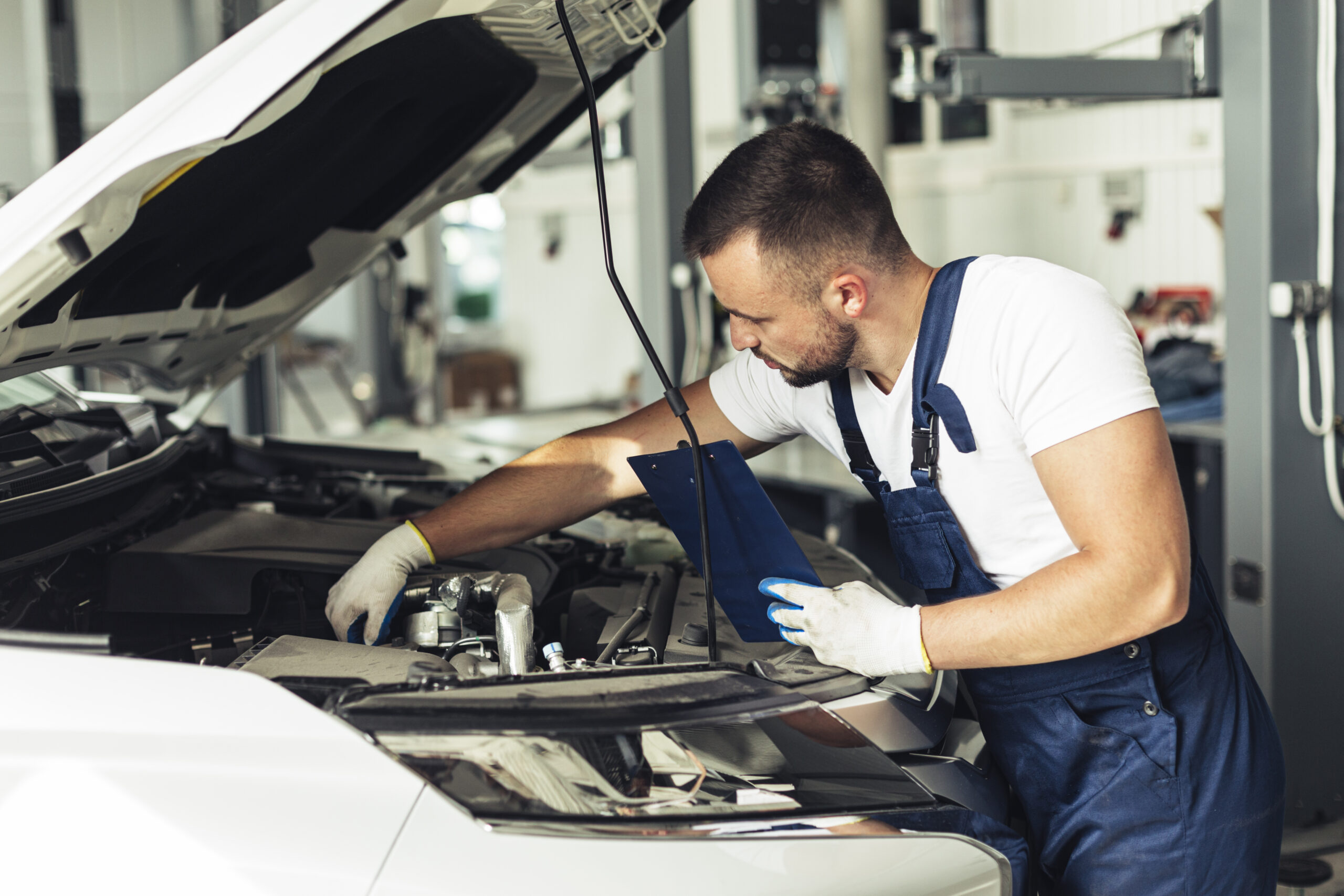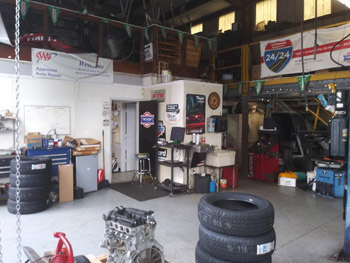All Categories
Featured

[/image]
Two of the most essential tire solutions are tire rotation and placement. If you're strange with what tire turning and positioning involve, here's an in-depth appearance at why they matter and how they benefit your lorry.
What Is Tire Rotation? Tire turning refers to moving your tires from one setting to an additional to ensure they wear uniformly. The reason tire rotation is needed is due to the fact that not all tires wear the very same way.
By turning your tires routinely, you can cancel the wear across all 4 tires. This helps them last much longer and allows for more also traction, improving handling and security. Most manufacturers suggest revolving your tires every 6,000 to 8,000 miles or as per the car's guidebook.
What Is Tire Alignment? Tire placement, additionally understood as wheel positioning, refers to the process of readjusting the angles of your vehicle's wheels to meet the producer's requirements. The goal of alignment is to ensure that all four tires are aiming in the appropriate instructions and at the appropriate angles, which enables optimal handling, safety and security, and tire life.
There are three main positioning angles that are changed throughout an alignment check:

Camber: The tilt of the wheels when checked out from the front. If the camber is off, it can cause uneven tire wear, as the tire will certainly not make full call with the road surface. Caster: The angle of the guiding axis when viewed from the side. Proper wheel positioning ensures that your vehicle is stable when driving straight which your wheel go back to its typical setting after a turn. Toe: The angle at which the tires aim inward or outside when viewed from above. Inaccurate toe alignment can create the tires to drag, leading to irregular wear and lowered fuel effectiveness. Misalignment can occur over time due to normal driving or from hitting challenges like aesthetics or splits. If your alignment is off, it is very important to obtain it examined and remedied to avoid issues down the roadway.
Why Tire Rotation and Placement Issue. Enhanced Tire Life:. Routine tire rotation makes sure even tire wear, aiding you obtain one of the most gas mileage out of your tires. Unequal wear can trigger you to change tires prematurely, which can be pricey. When your tires wear evenly, they last much longer, saving you cash in the long-term.
Enhanced Car Handling:. Appropriate positioning keeps your car driving straight and steady, specifically at higher speeds. Misalignment can trigger your vehicle to pull away, making it more challenging to steer. By keeping your tires aligned, you ensure your lorry takes care of much more smoothly and predictably.
Enhanced Safety:. Tires that are not turned or aligned appropriately can use erratically, impacting how well your automobile stops and edges. Misaligned tires or tires with unequal wear patterns may trigger lowered traction, particularly in wet or icy conditions, leading to a higher risk of mishaps.
Much Better Fuel Performance:. Tires that are misaligned can develop rolling resistance, meaning your engine has to function harder to relocate the car. This boosts fuel usage and reduces your car's gas performance. Correct tire positioning lowers rolling resistance, which can improve gas mileage.
Indicators Your Tires Required Turning or Positioning. While it's necessary to stay on top of normal tire turnings and alignments, there are a couple of indicators that may indicate your tires need attention:
Irregular Put On: If you see that one tire is extra used than the others, it's most likely time for a turning. Steering Pull: If your car pulls to one side or feels off-center, it can be a sign of misalignment. Resonances: If you feel resonances in the steering wheel or the auto, maybe due to a positioning problem. Noisy Tires: Squealing or loud tires could indicate improper turning or imbalance. If you notice any of these indicators, it is very important to get your tires checked by a professional.
Just How Commonly Should You Turn and Align Your Tires? Tire turning need to typically be done every 6,000 to 8,000 miles, though this can vary based upon your driving problems and the kind of vehicle you drive. It's likewise a good idea to have your tires rotated whenever you get an oil change.
For alignment, you must have your tires straightened every 1-2 years, or extra regularly if you see any issues with dealing with or unequal tire wear. If you struck a big split or visual, it's smart to get a positioning check right away.
Final Thought: Regular Upkeep for Ideal Performance. Tire turning and positioning are 2 basic however crucial services that maintain your auto running efficiently, effectively, and securely. By rotating your tires routinely and maintaining your wheels effectively aligned, you can expand the life of your tires, enhance handling, and take pleasure in better fuel efficiency. Don't wait on your tires to show indications of wear-- timetable routine maintenance to maintain your car in top shape. Regular tire care is an investment that repays in the long run, keeping you and your guests secure on the roadway.
Latest Posts
Explore Limited-Time Auto Repair Specials in Chicago at Montclare Auto Repair
Learn About Montclare Auto Repair’s Most Popular Services and Why Drivers Trust Them
Enhance Your Residential Property with Expenses Door Equipment
More
Latest Posts
Explore Limited-Time Auto Repair Specials in Chicago at Montclare Auto Repair
Learn About Montclare Auto Repair’s Most Popular Services and Why Drivers Trust Them
Enhance Your Residential Property with Expenses Door Equipment